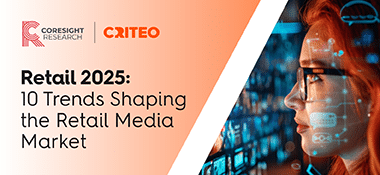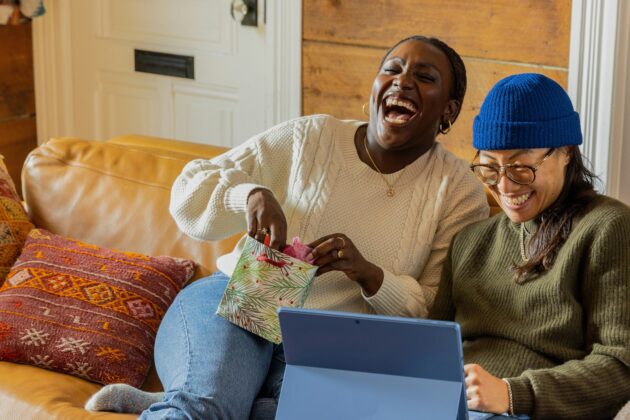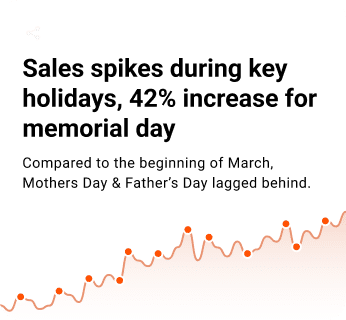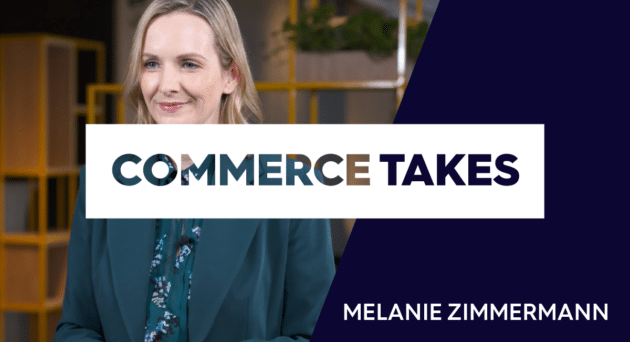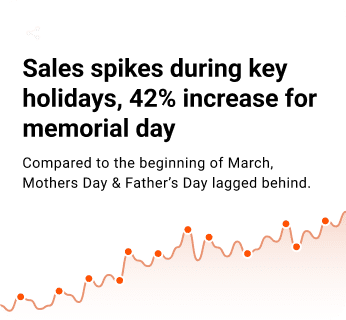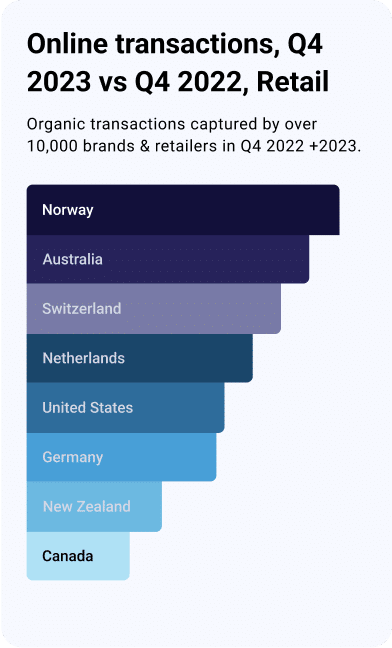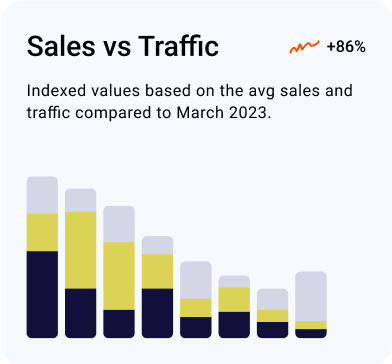Modern shoppers don’t follow a straight path to purchase. They bounce between devices and channels and between discovery, research, and purchase, racking up journey touchpoints as they go. With the increase in digital channels and data, the number of opportunities to engage shoppers has exploded. According to BCG, Google research found that the average journey had nine customer-company interactions in 2014. Today, companies have anywhere from 20 to 500 touchpoints.
Following all those interactions is necessary for a whole host of marketing and sales reasons. But when it comes to maximizing ROI and ROAS, advertisers need to focus on where intent is strongest—right at the moment of purchase. That’s where sponsored products come in. These ads show up on retailer websites and apps where people search, research, and purchase, ensuring that your brand is visible at the most critical touchpoint, leading to better conversion rates and a higher return on investment.
Why sponsored product ads are so effective
Many advertisers still see traditional search ads on platforms like Google as the holy grail for high-intent traffic. But shopping habits have evolved. When someone searches for a product on a retailer’s site or app, they’re already deep in buying mode and right at the point of purchase. Sponsored product ads match those searches with relevant products, putting your brand front and center. Here’s why they work so well:
They tap into high purchase intent.
These ads appear when people are actively searching for a product. Shoppers already know what they want, so the likelihood of a purchase is high.
They blend seamlessly into the shopping experience.
Sponsored product ads show up in search results and product listings, looking like a natural part of the browsing process. No interruptions, just smart placements.
They drive conversions.
By capturing attention at the decision-making moment, these ads turn interest into action—fast.
They support a full-funnel strategy.
Display and video ads build awareness at the top of the funnel. Sponsored product ads step in near the finish line, capturing shoppers when they’re ready to hit “buy.” It’s a perfect tag team: one approach sets the stage, the other seals the deal.
Sponsored products vs. other ad formats
How do sponsored product ads compare to display ads, search ads, or social media ads? Each serves a different purpose, but when it comes to engaging shoppers at the moment of purchase, sponsored products stand out.
Display ads are excellent for building brand awareness and keeping your products top-of-mind. These visually engaging ads appear across websites and apps, influencing shoppers early in their journey. However, they don’t always reach people when they’re ready to make a purchase, making them better suited for upper- or mid-funnel objectives.
Search ads on platforms like Google capture high-intent traffic from users actively looking for products. While they can be effective in driving conversions, they are still a step or two removed from the point of purchase, adding friction to the buying process.
Social media ads generate engagement and influence consideration by appearing in users’ feeds, often as part of a discovery-driven experience. These ads are great for storytelling and brand connection but may not always drive immediate purchase intent, as users often browse social platforms for entertainment rather than shopping.
Sponsored product ads, on the other hand, meet shoppers at the most critical moment—right at the point of purchase. By appearing within retailer search results and product listings, they seamlessly integrate into the shopping experience, making it easy for consumers to click, add to cart, and buy. Retail media platforms also provide closed-loop measurement, allowing advertisers to track conversions with precision, both online and in-store.
How to get the most out of sponsored products
Want to maximize ROI? Start with targeting. Sponsored product ads let you reach shoppers based on real-time searches. If someone types in “organic dog treats,” and that’s your space, you can bid higher on that keyword to get your product in front of them. Just be mindful of broad keywords that might rack up costs without delivering results.
And don’t stop there. Sponsored products work best as part of a larger retail media strategy. Try pairing them with an onsite display campaign that highlights a new collection. When shoppers search for those items later, your sponsored product ads can provide the final nudge.
A few more tips to keep your budget in check:
Avoid bidding too broadly.
The broader the keyword, the less qualified the audience. Some keywords may look tempting from a reach perspective, but if they don’t convert, they’re just draining your budget.
Use negative keywords.
Filtering out irrelevant searches helps you focus on shoppers who are actually interested in your products and ready to buy.
By fine-tuning your targeting and layering in other retail media tactics, you can make sure your sponsored product ads work as hard as possible.
Make sponsored products a part of your strategy
Sponsored products are essential for capturing bottom-funnel shoppers. These ads grab attention at the perfect moment—right when someone’s ready to check out. And when used strategically, they don’t just boost conversions; they maximize revenue and ensure your brand stays top-of-mind when it matters most.
Ready to make the most of them? Criteo’s retail media solutions can help you plan, manage, and scale your sponsored product ads seamlessly. And in a shopping journey that’s anything but straightforward, being exactly where people buy is always a smart move. To learn more how about Criteo can help, talk to an expert.



